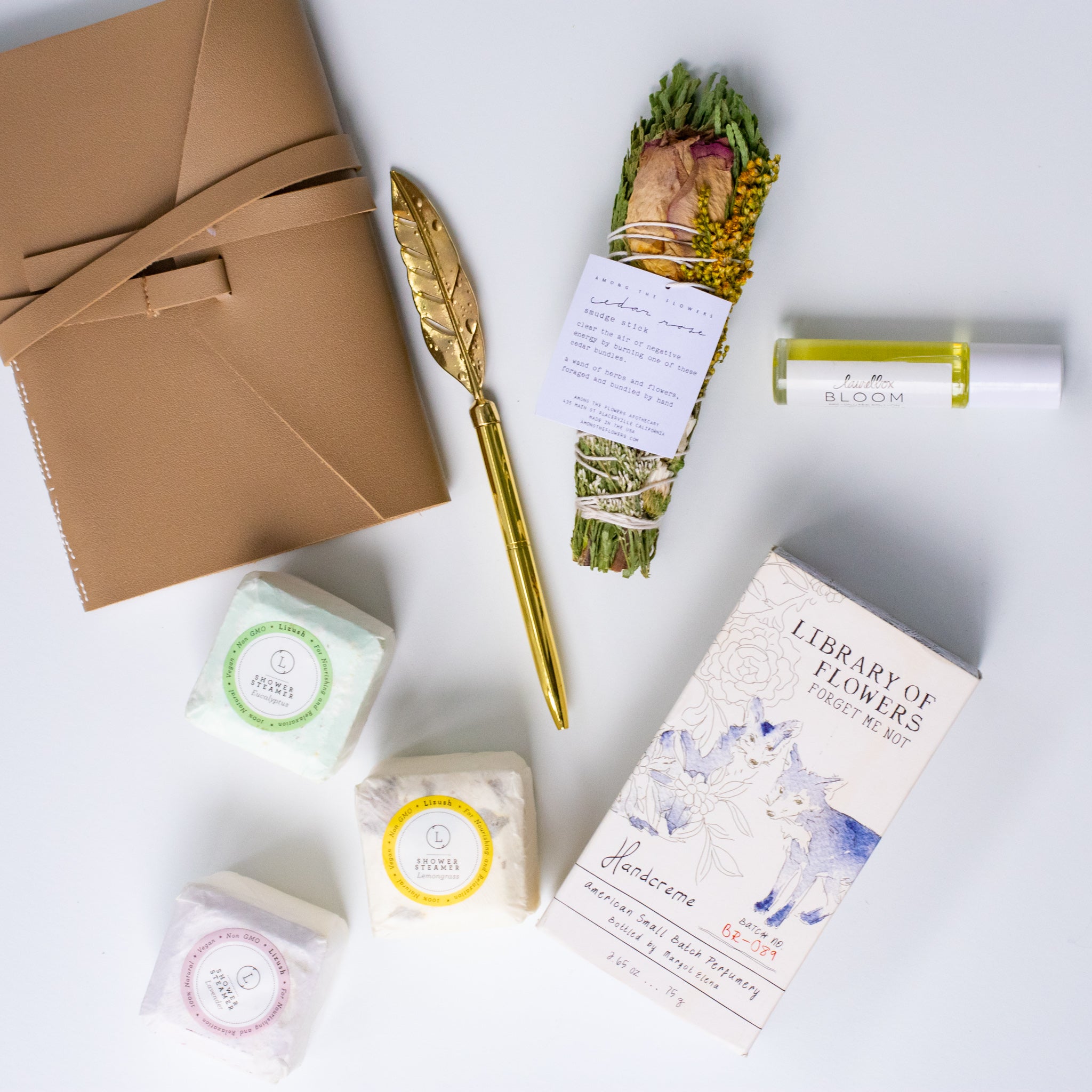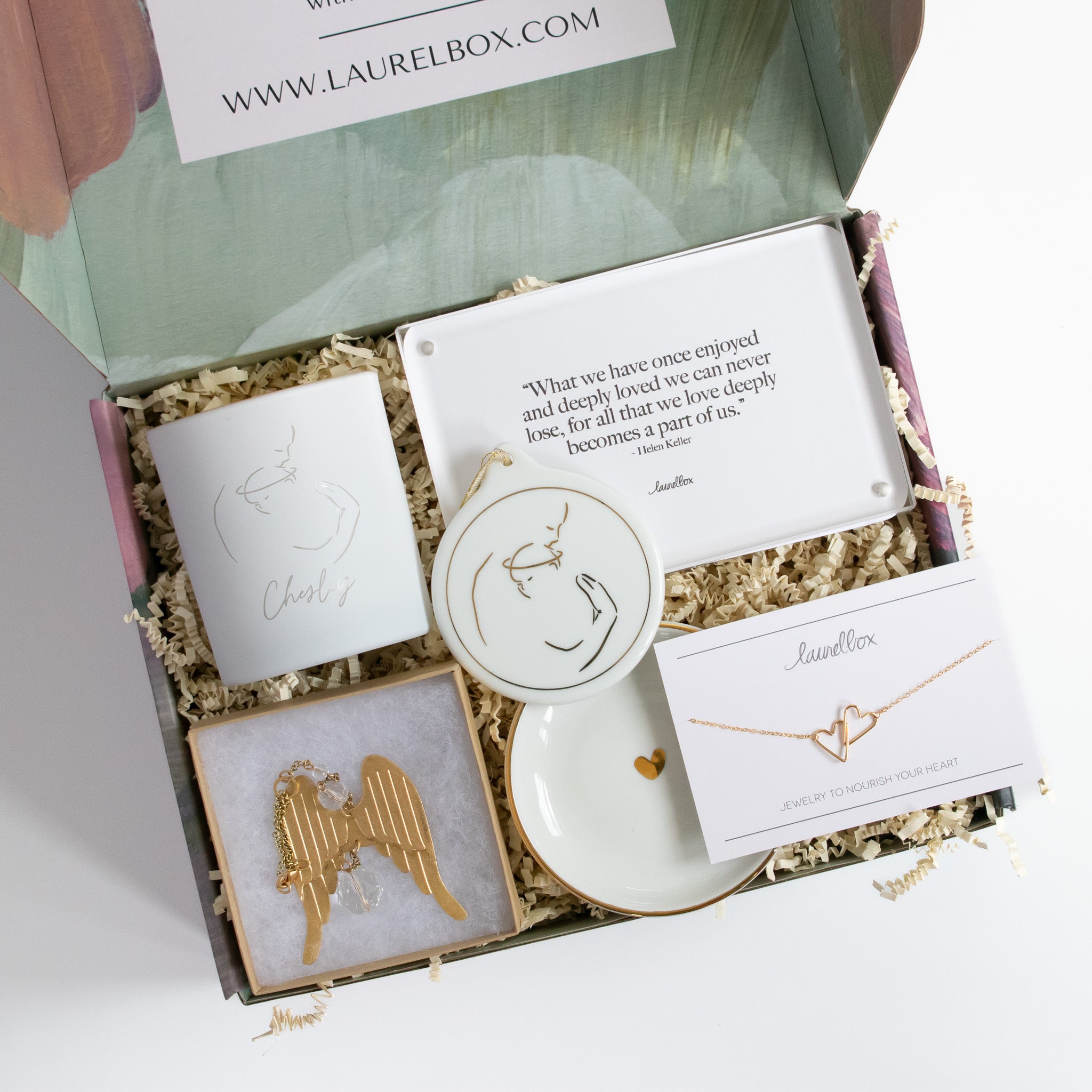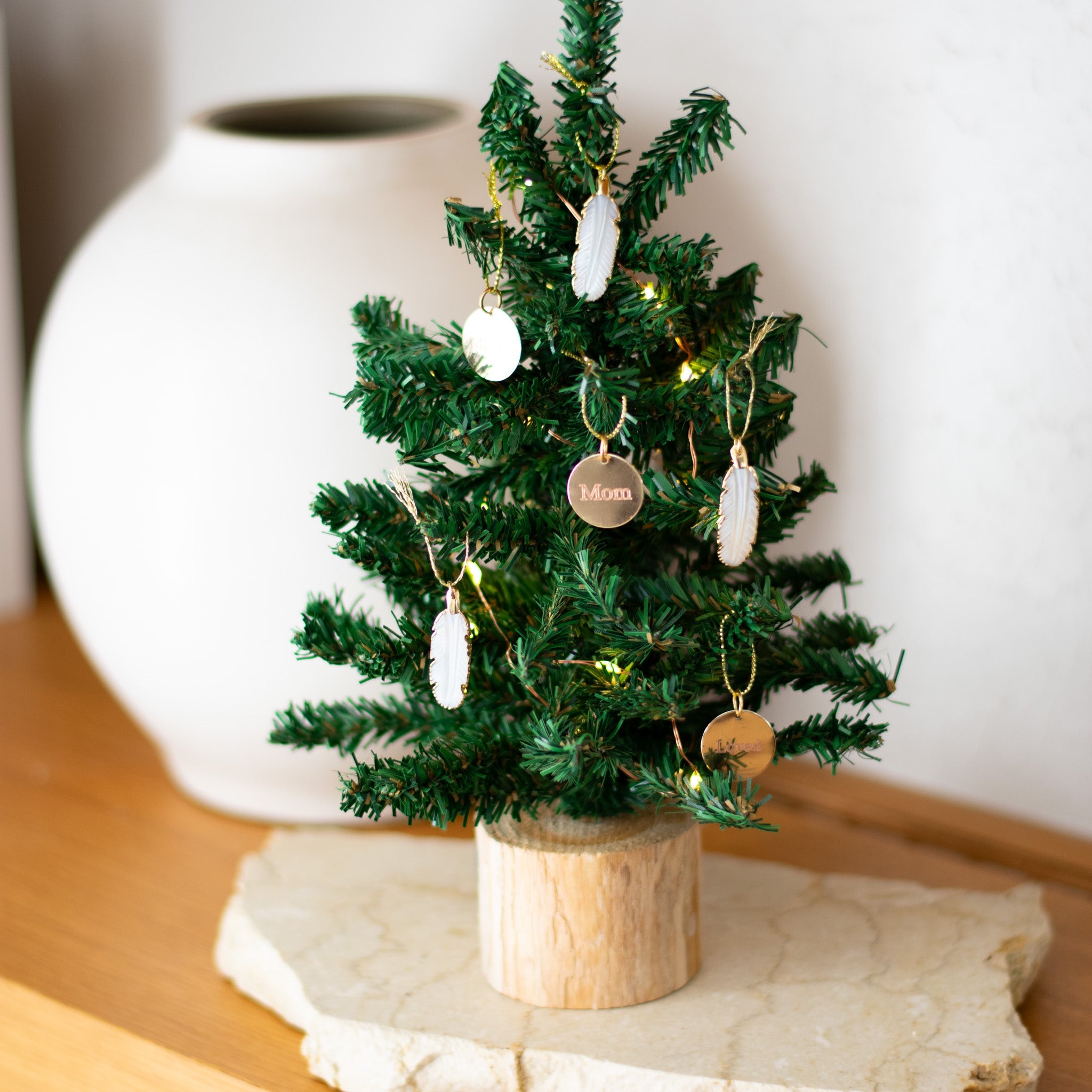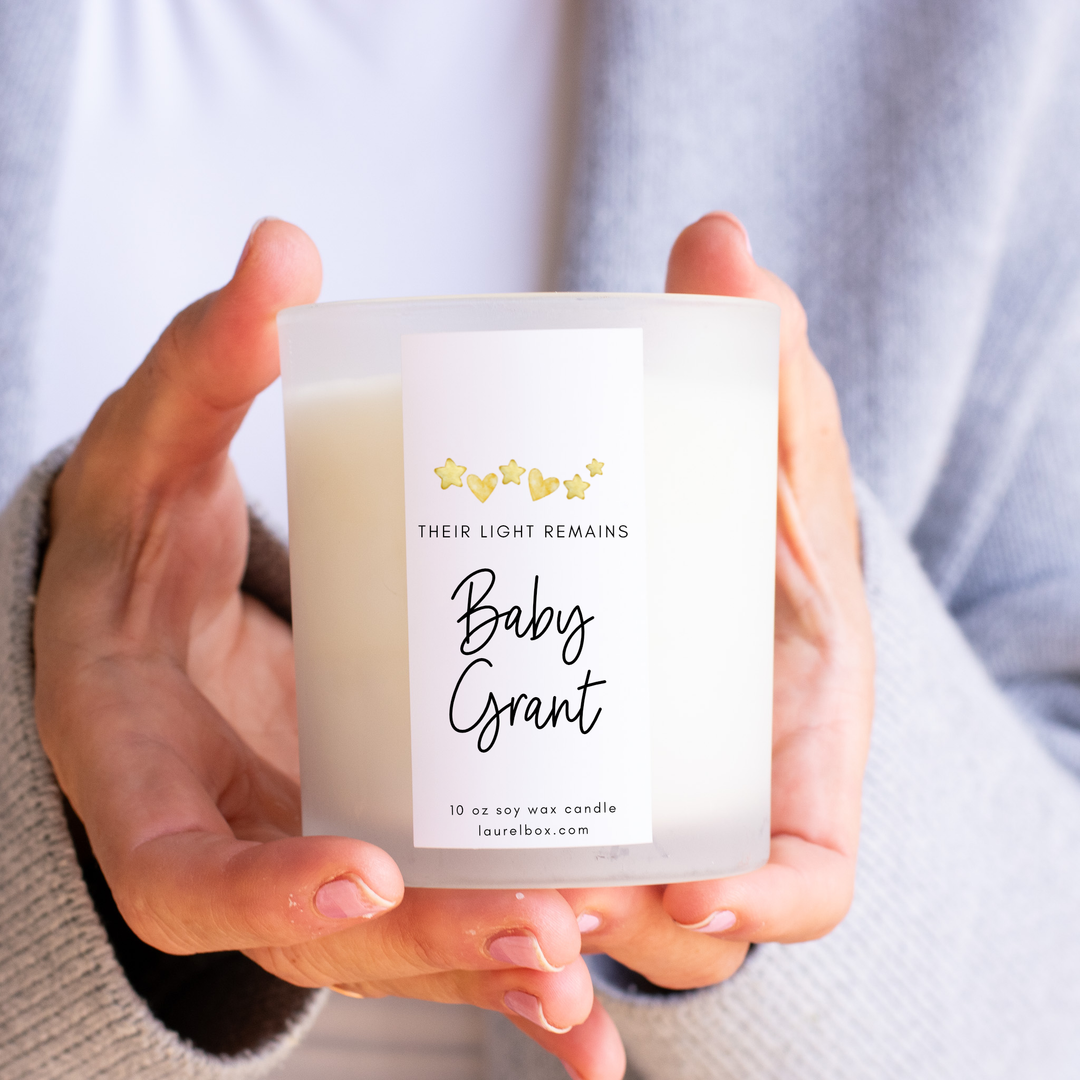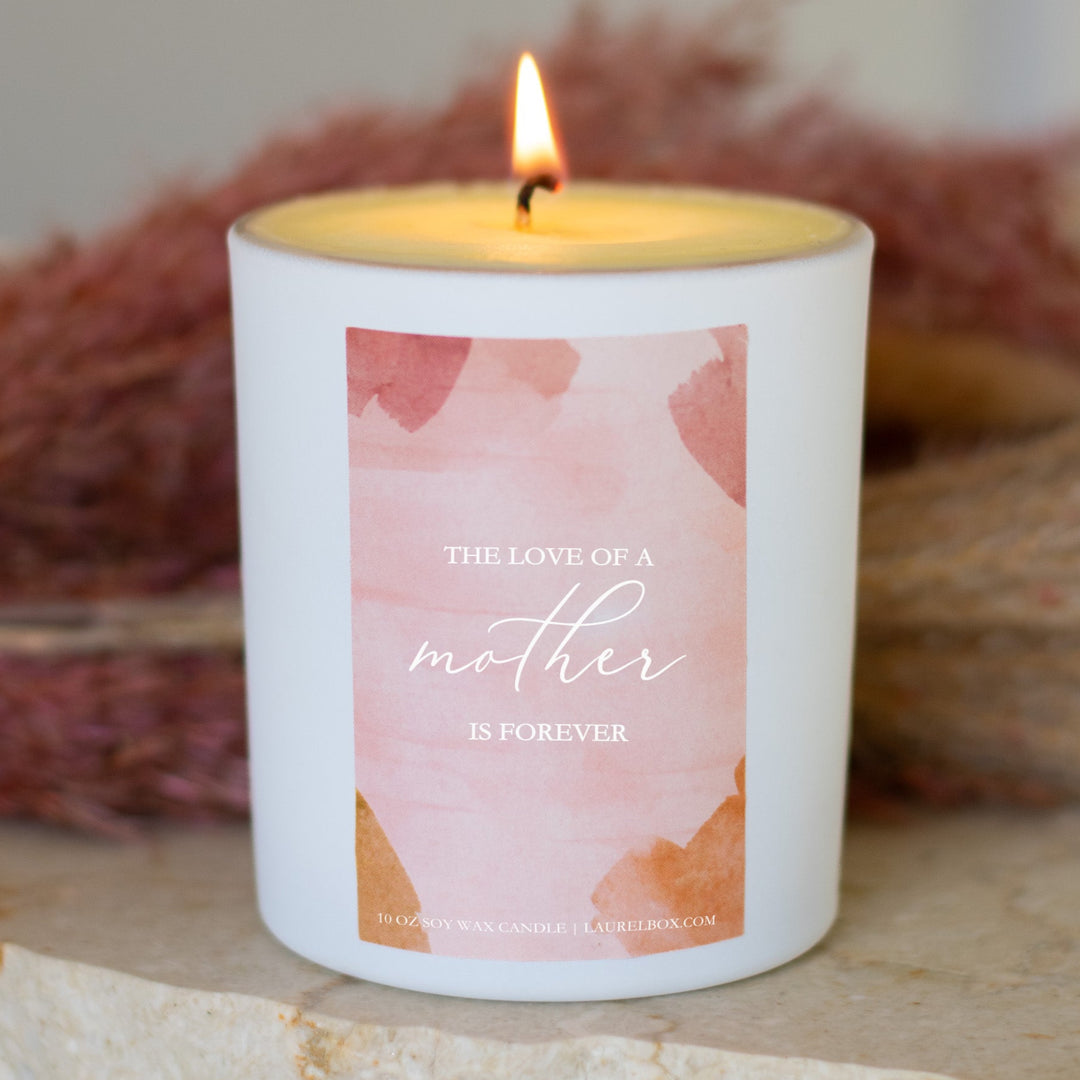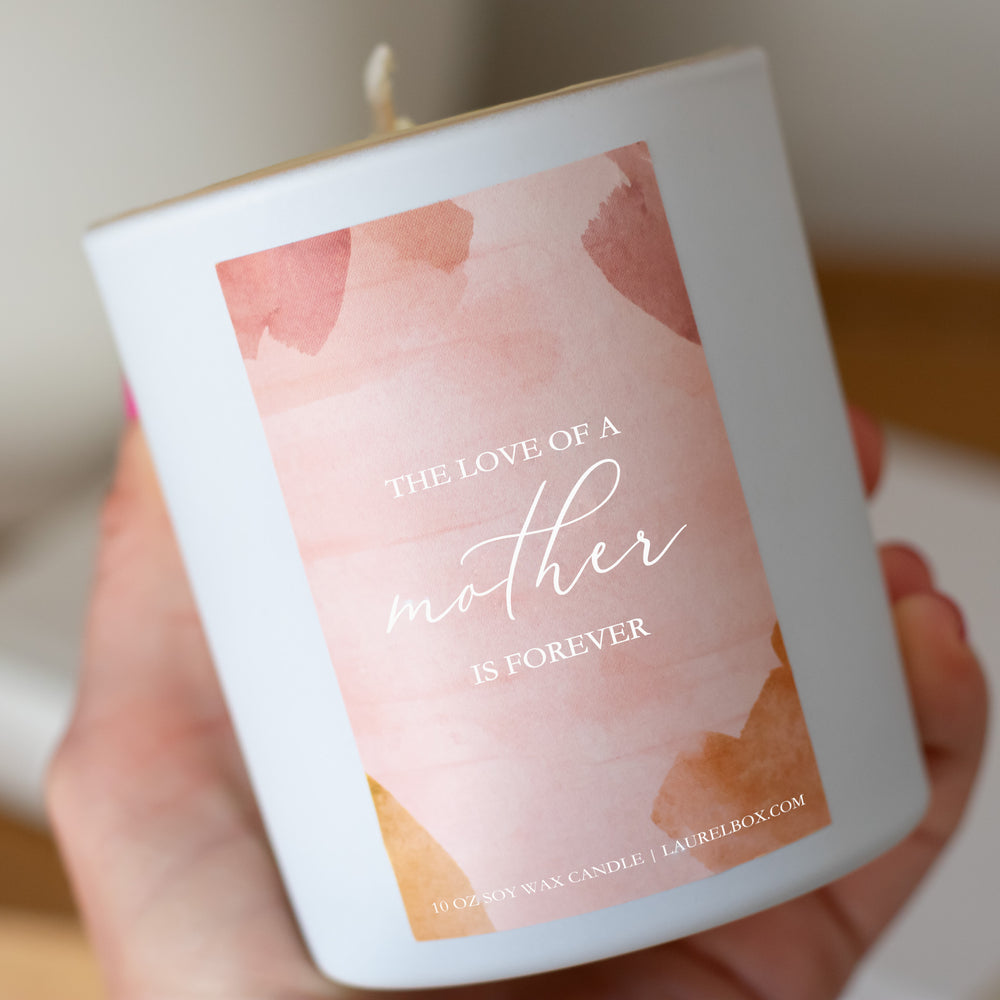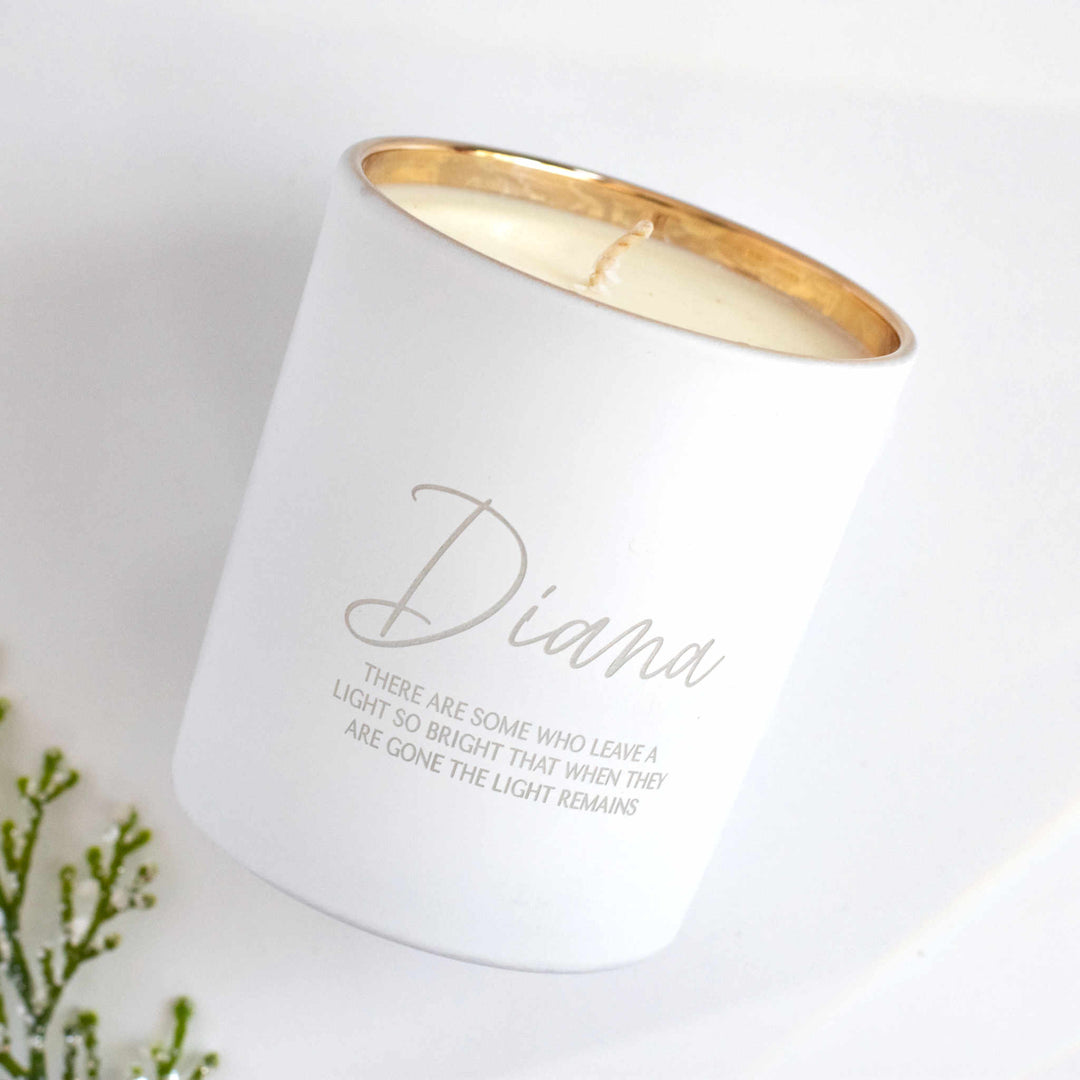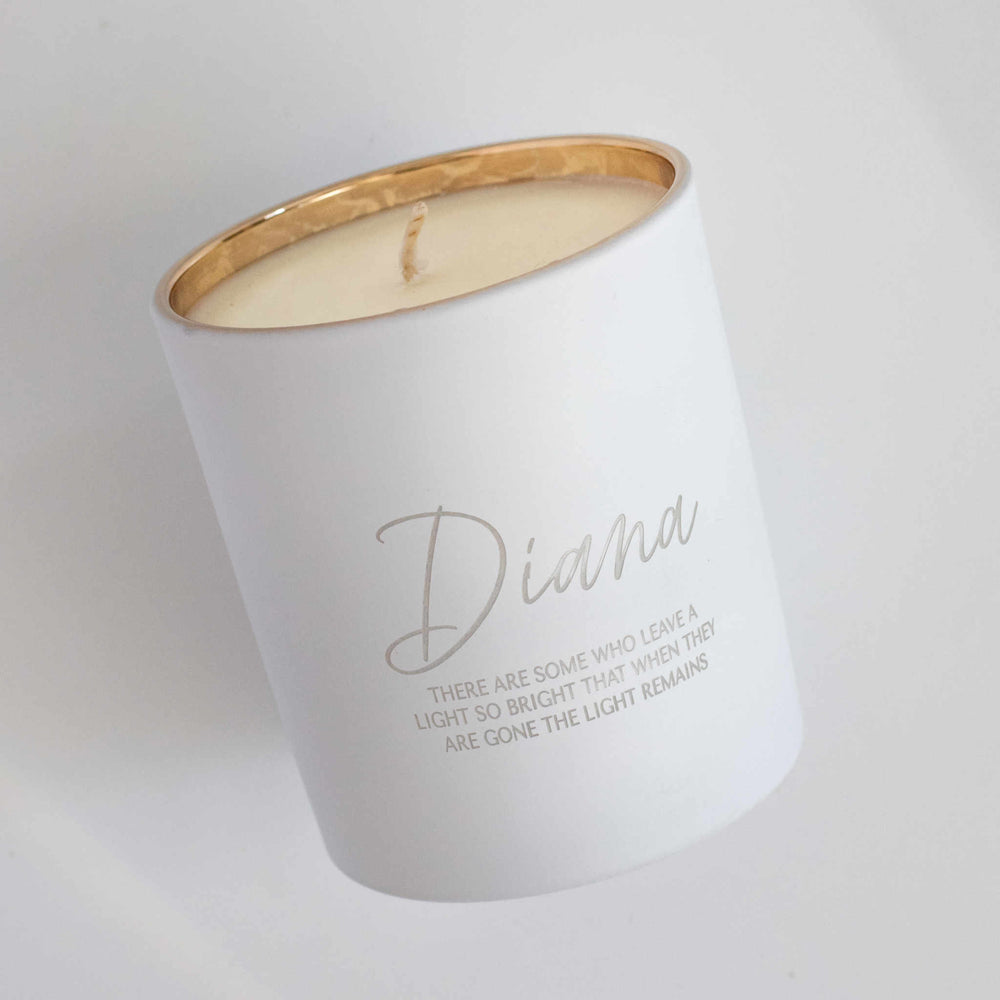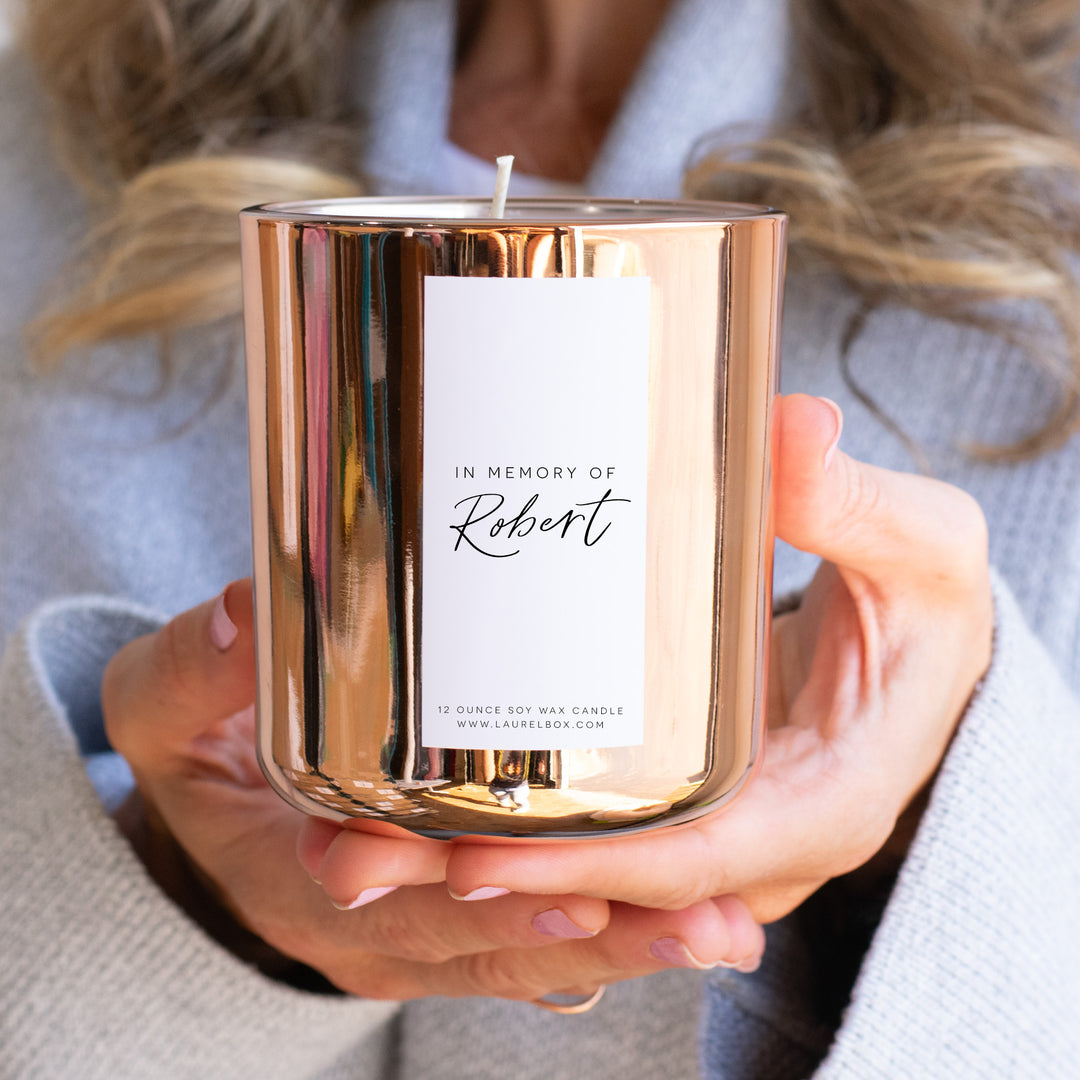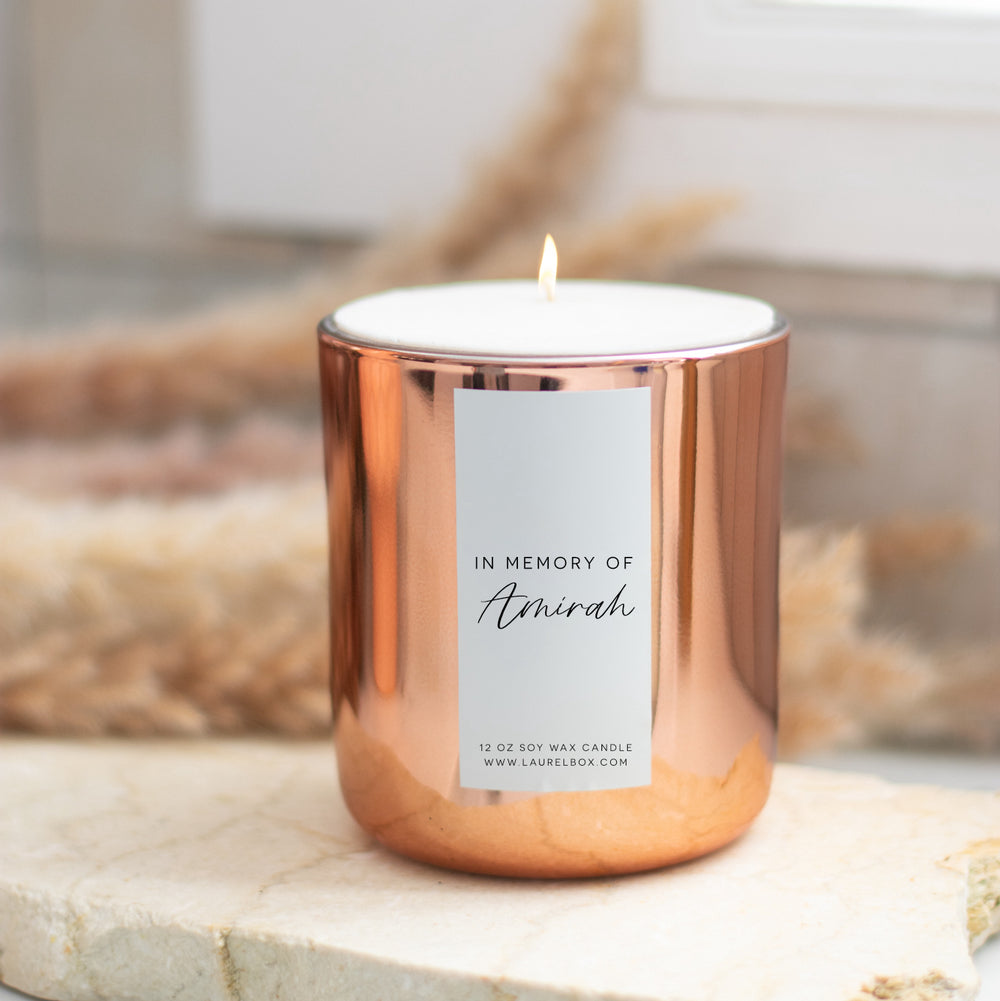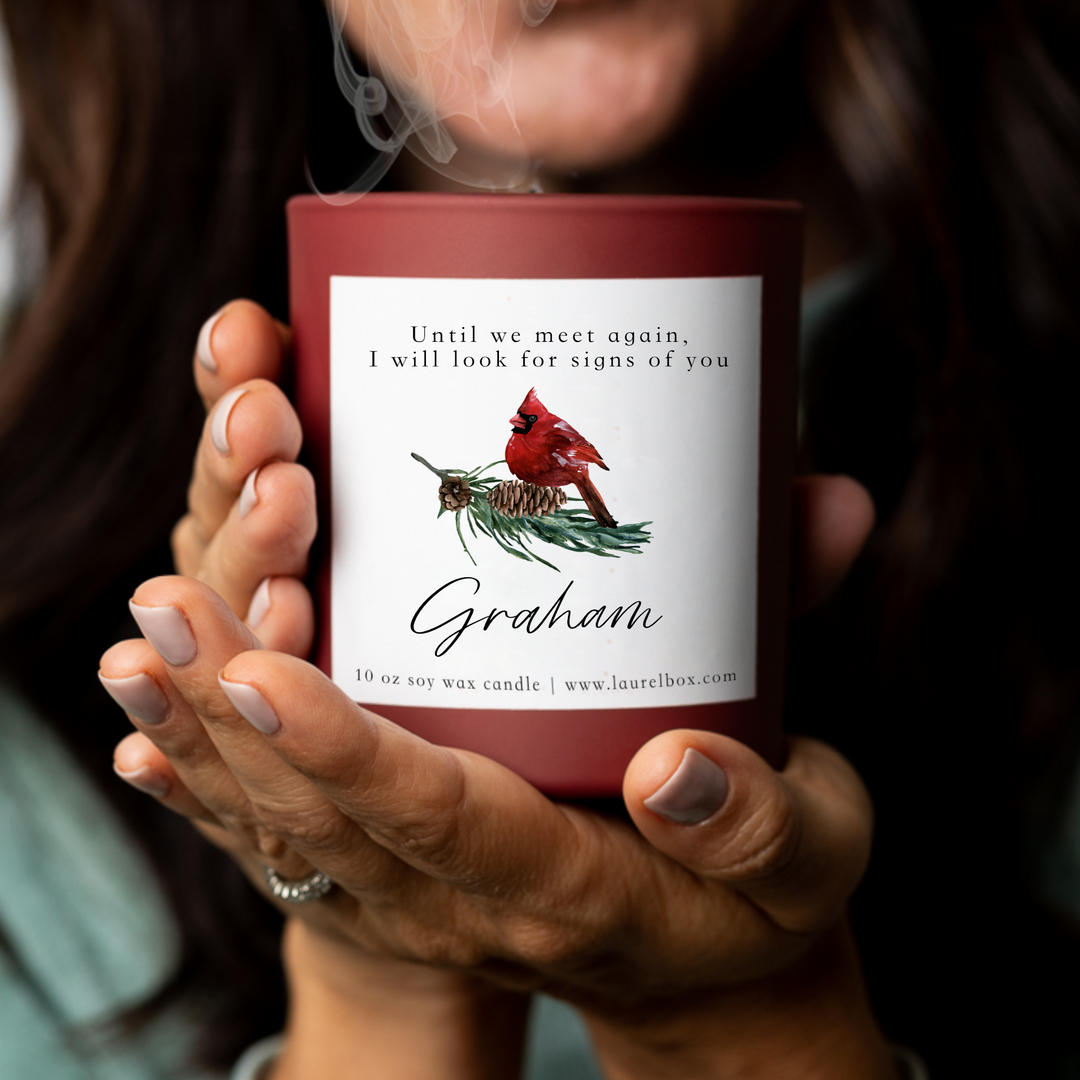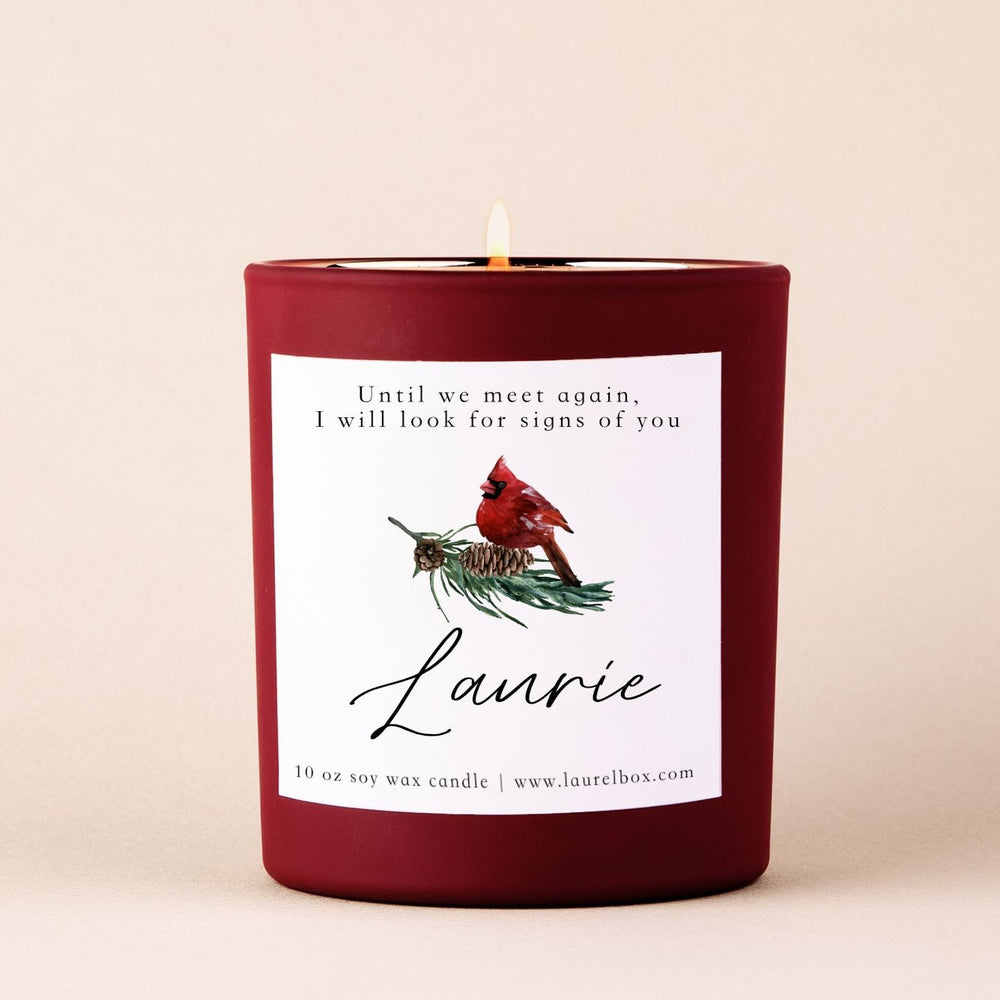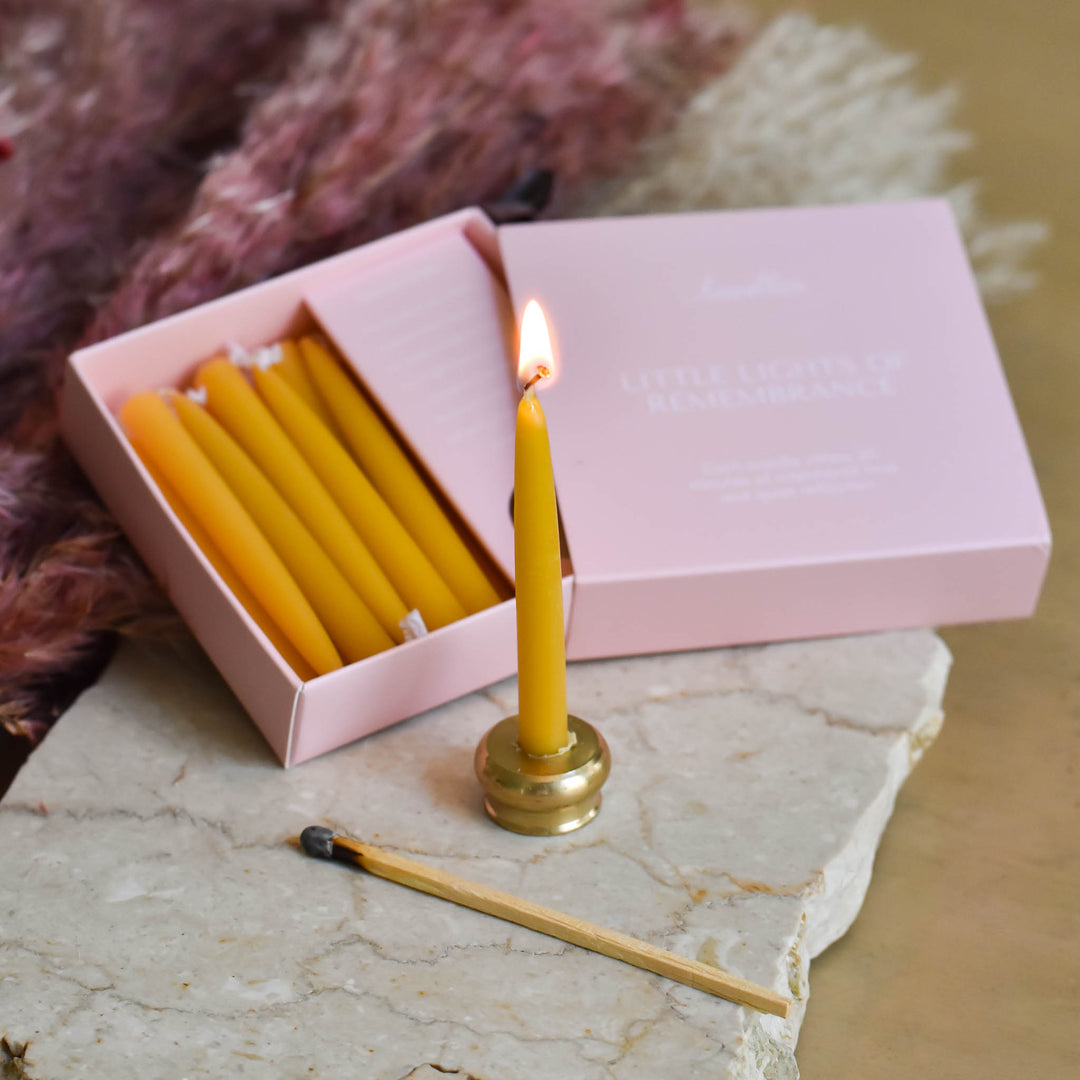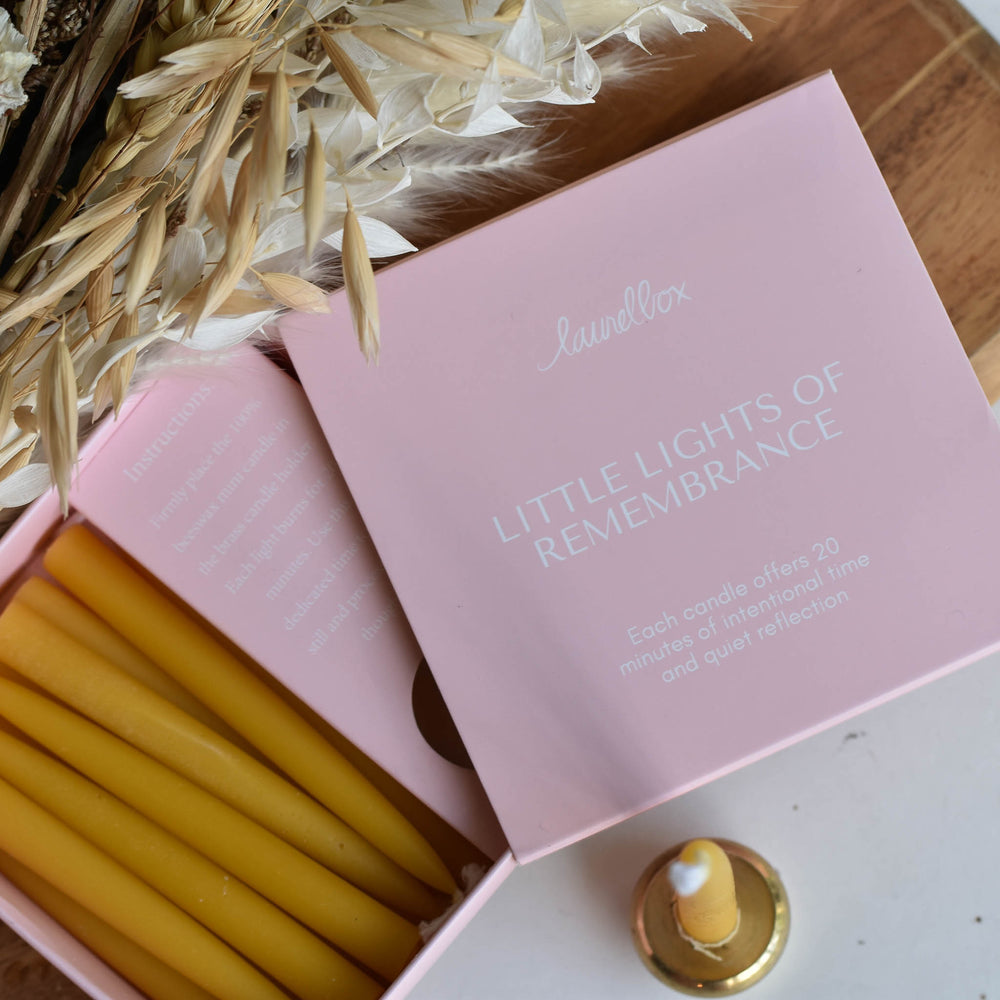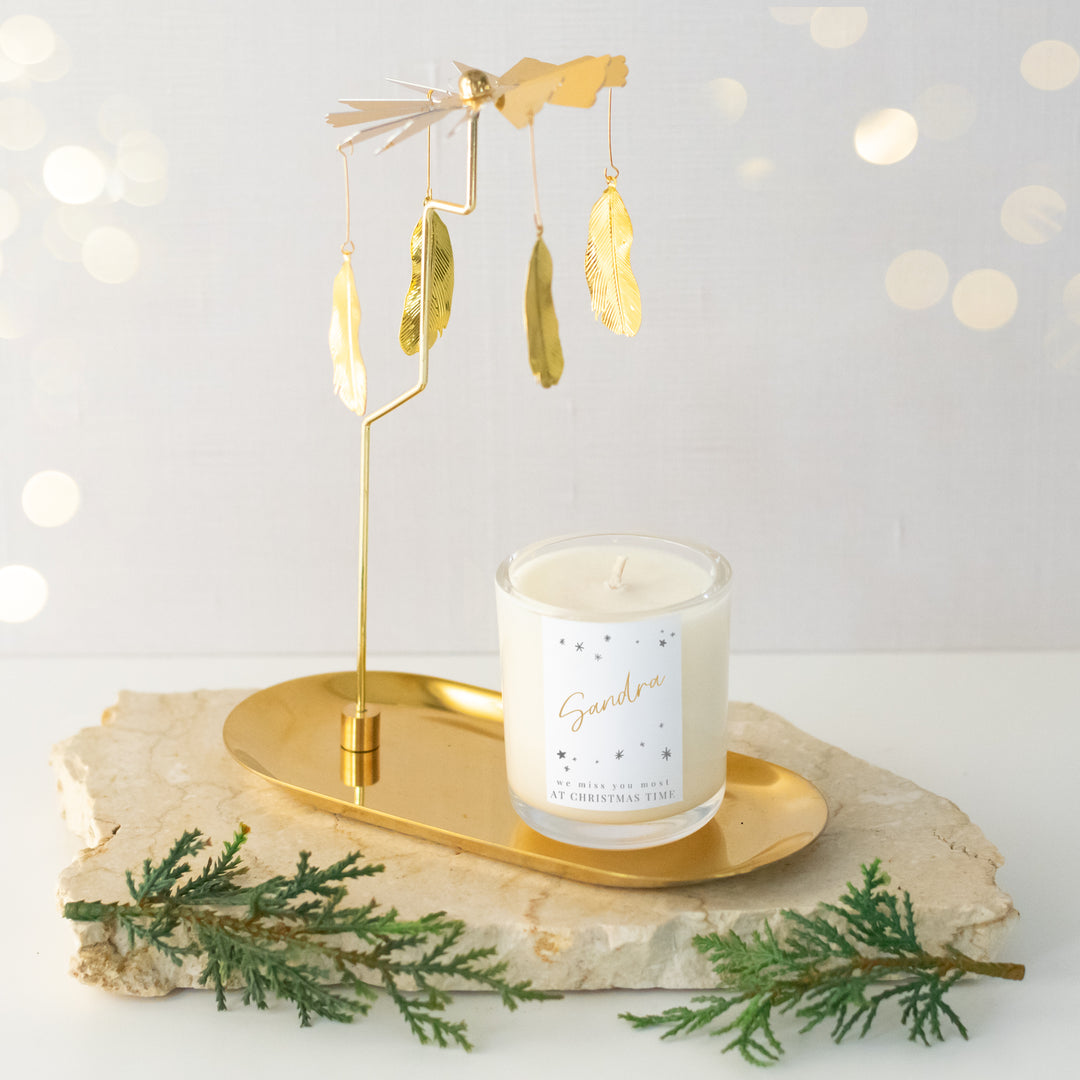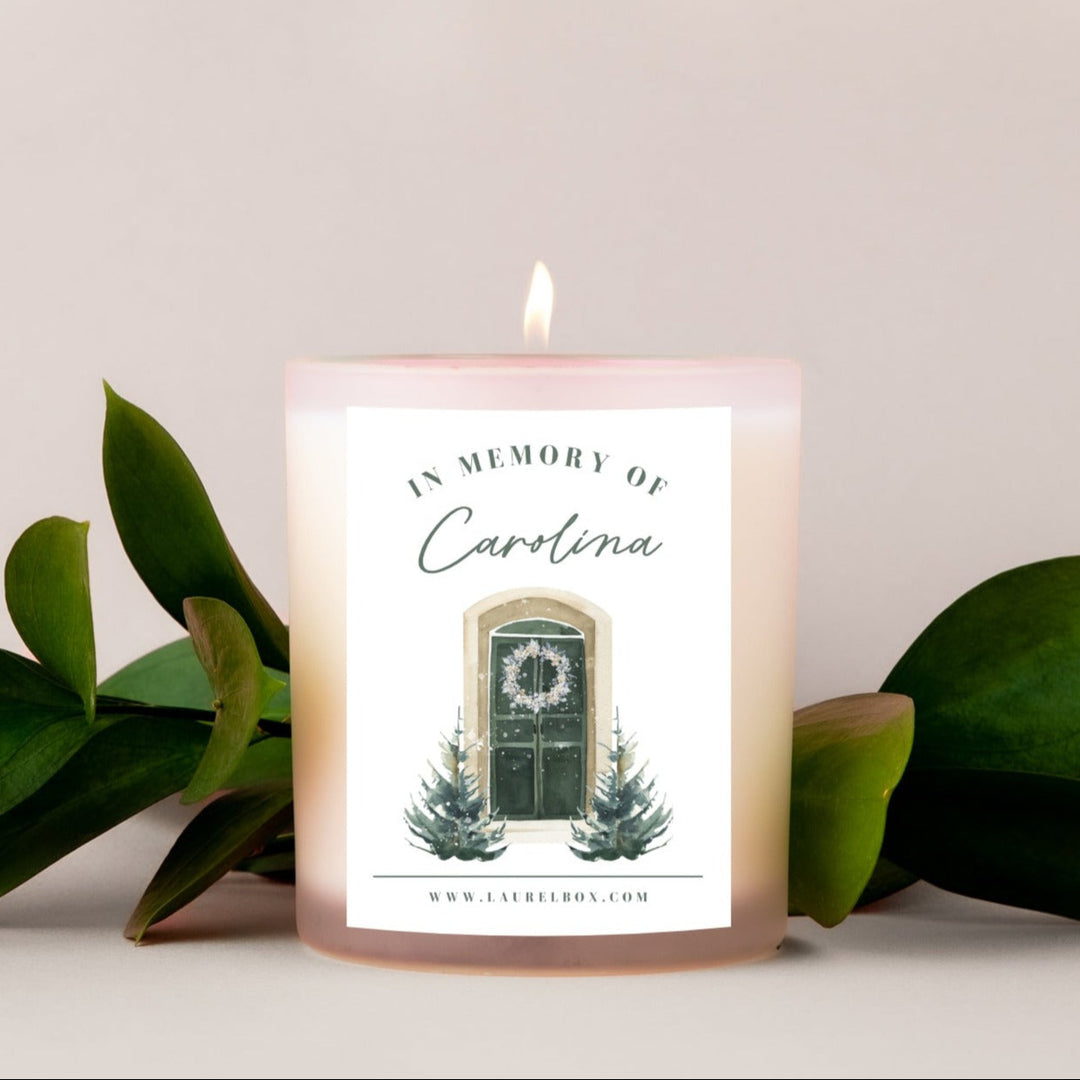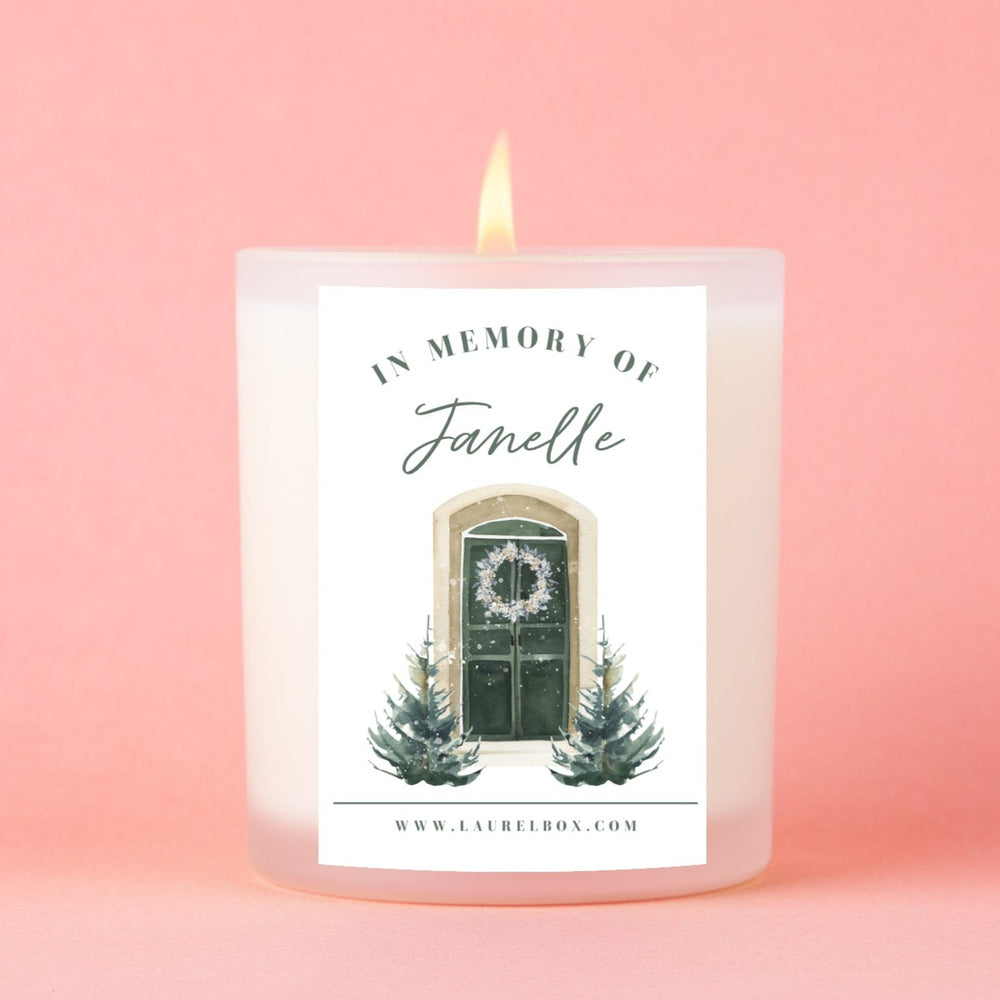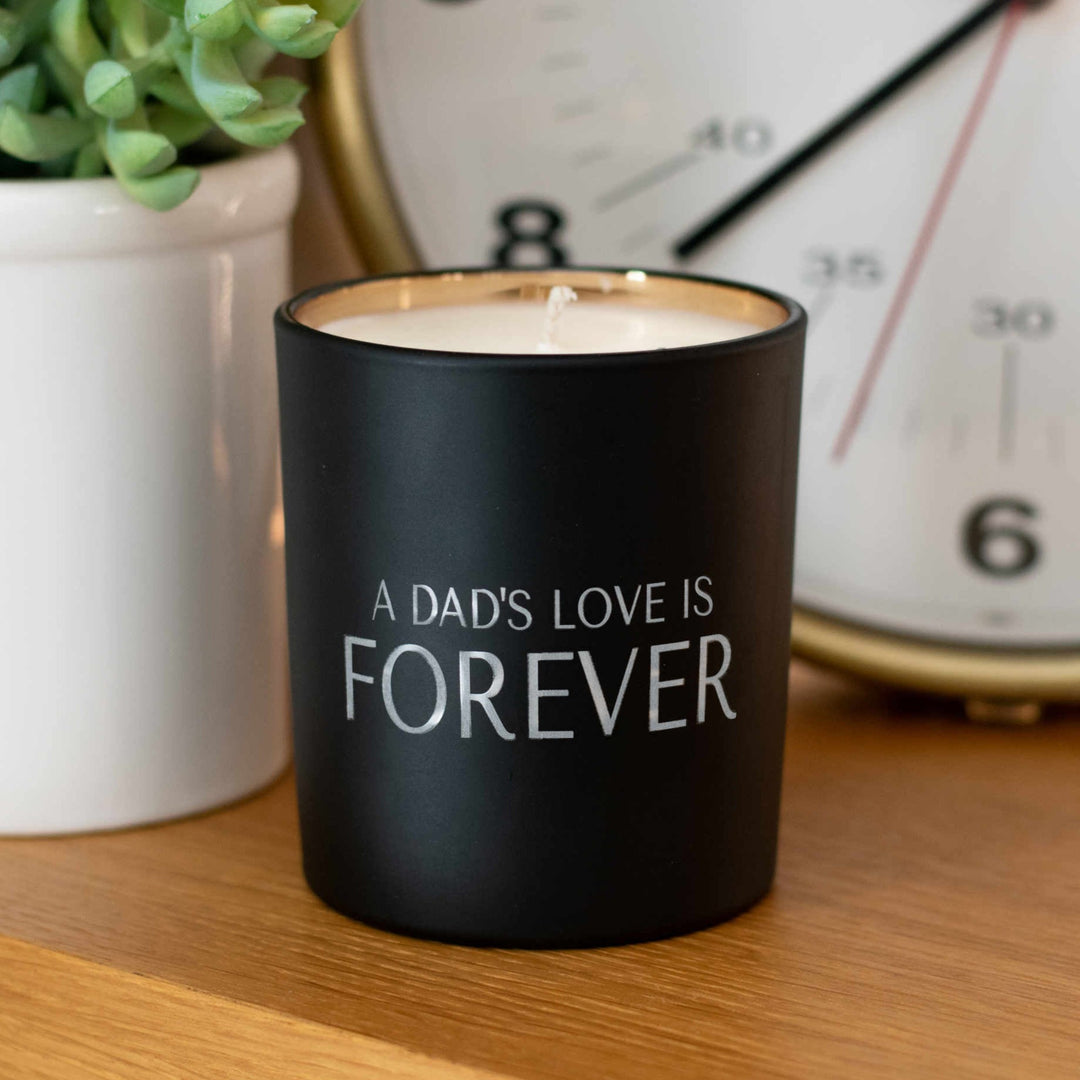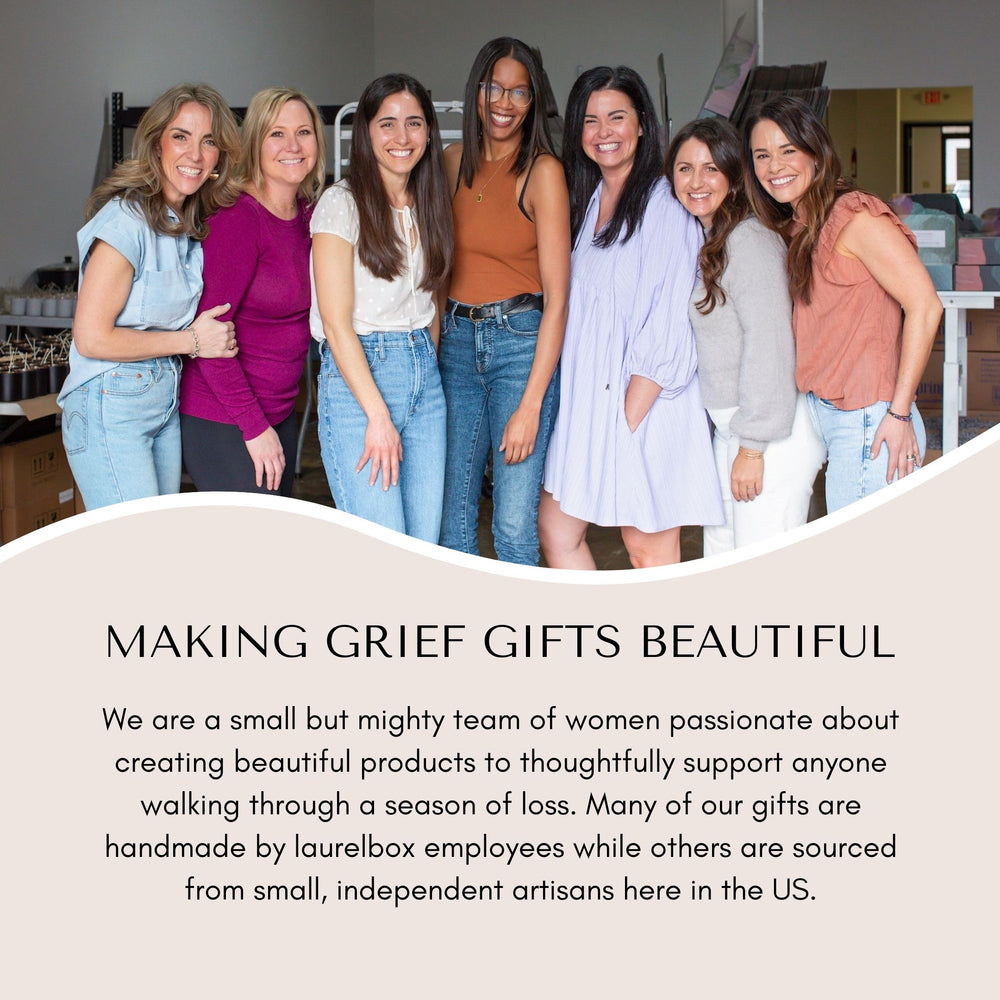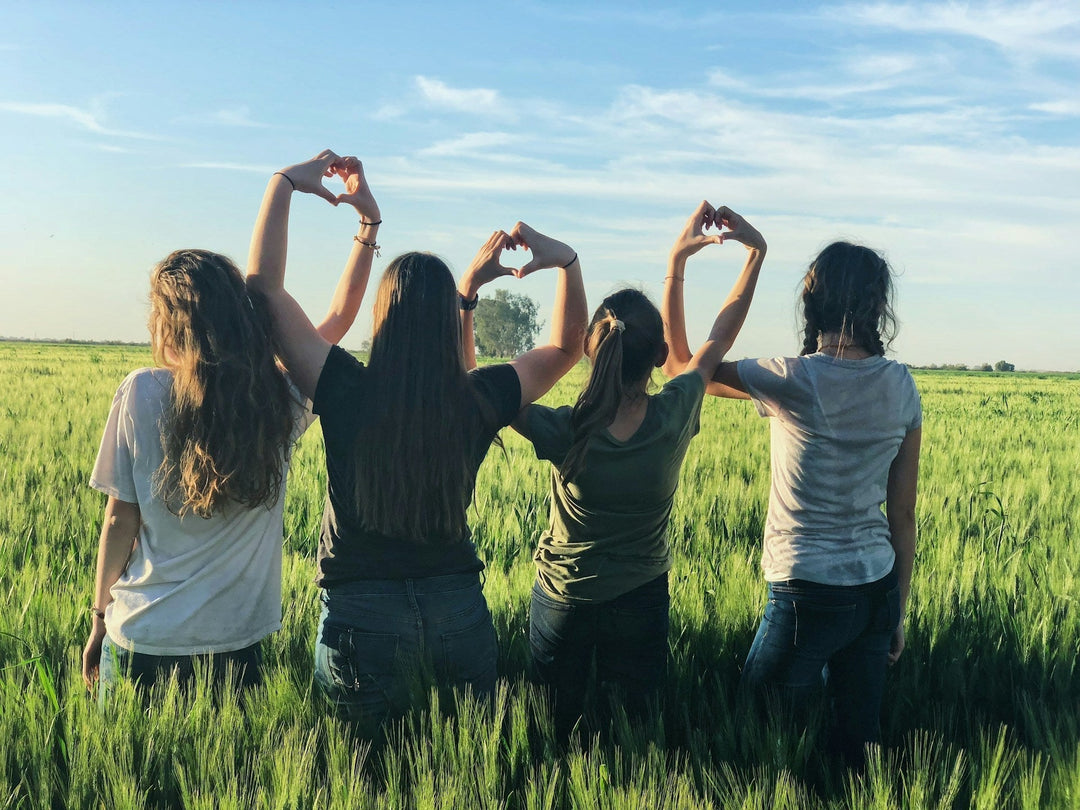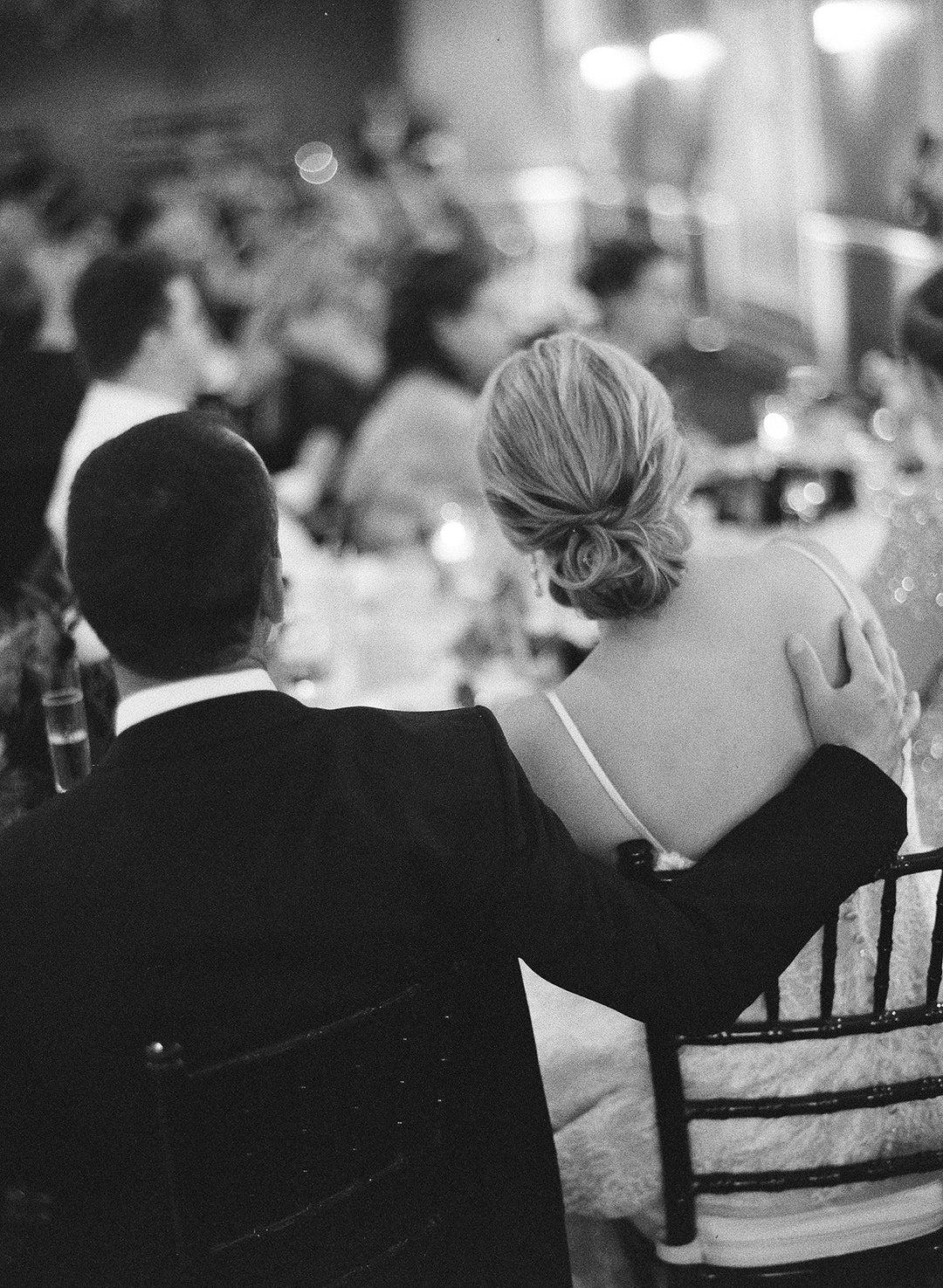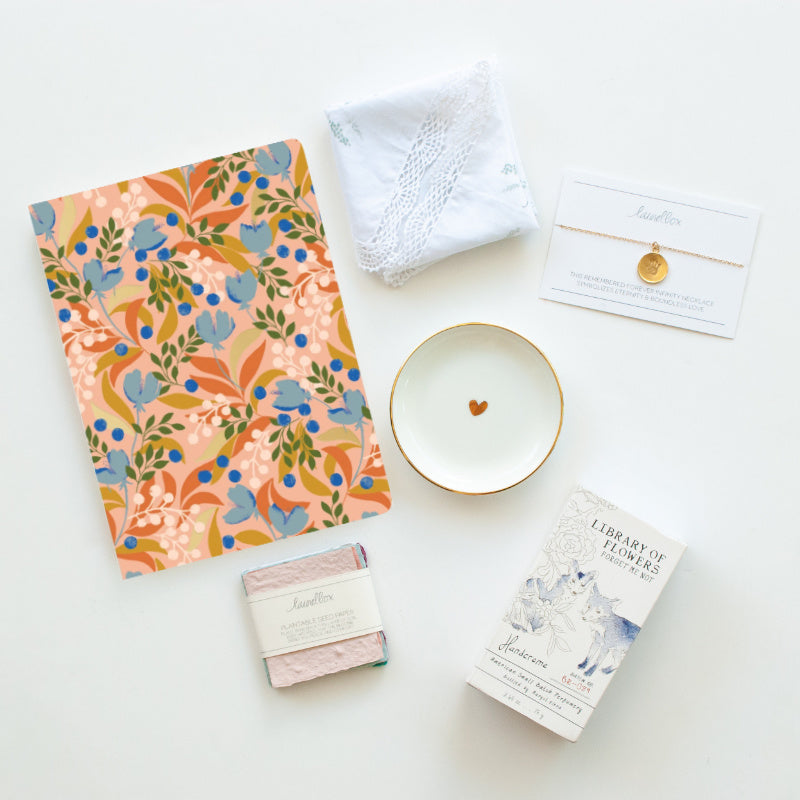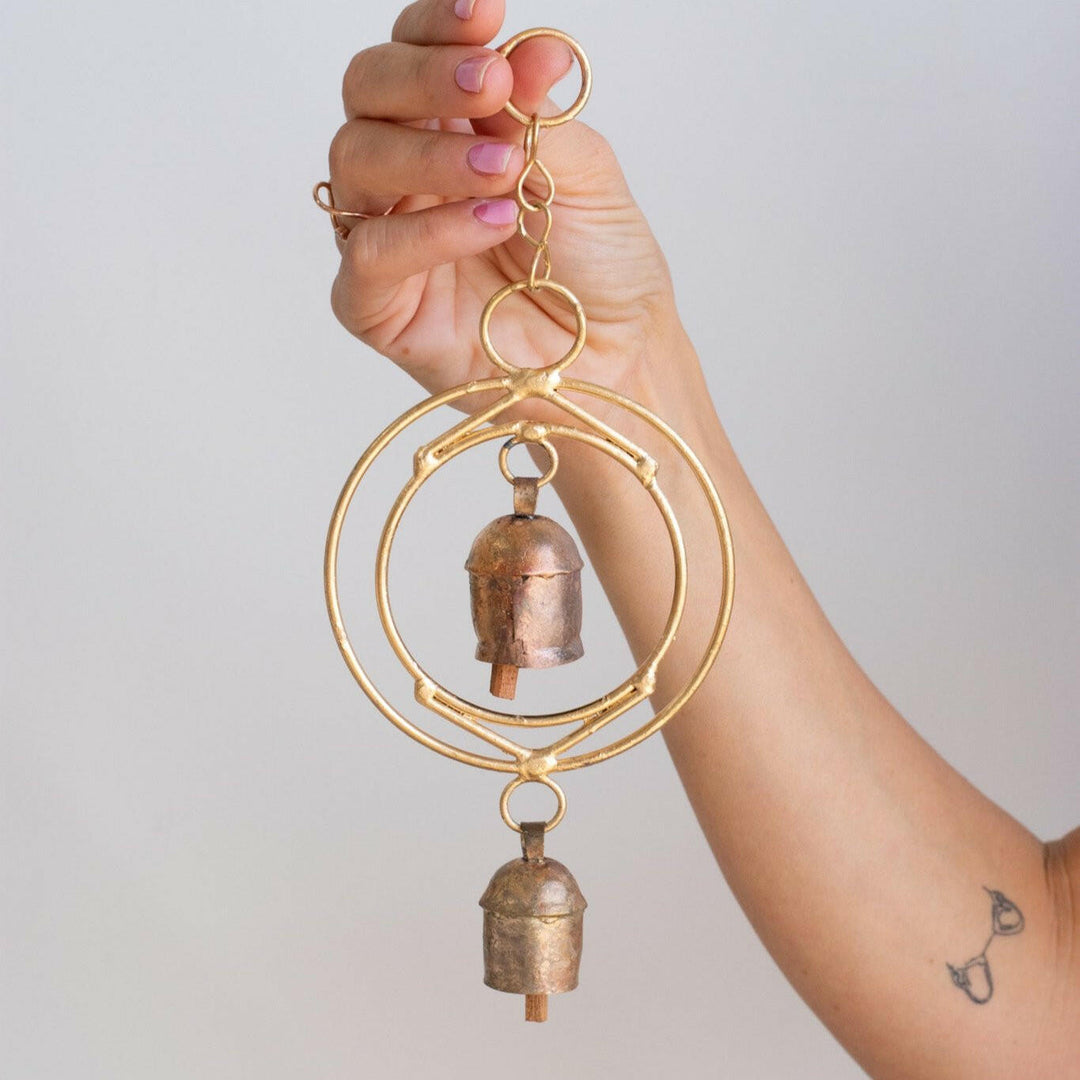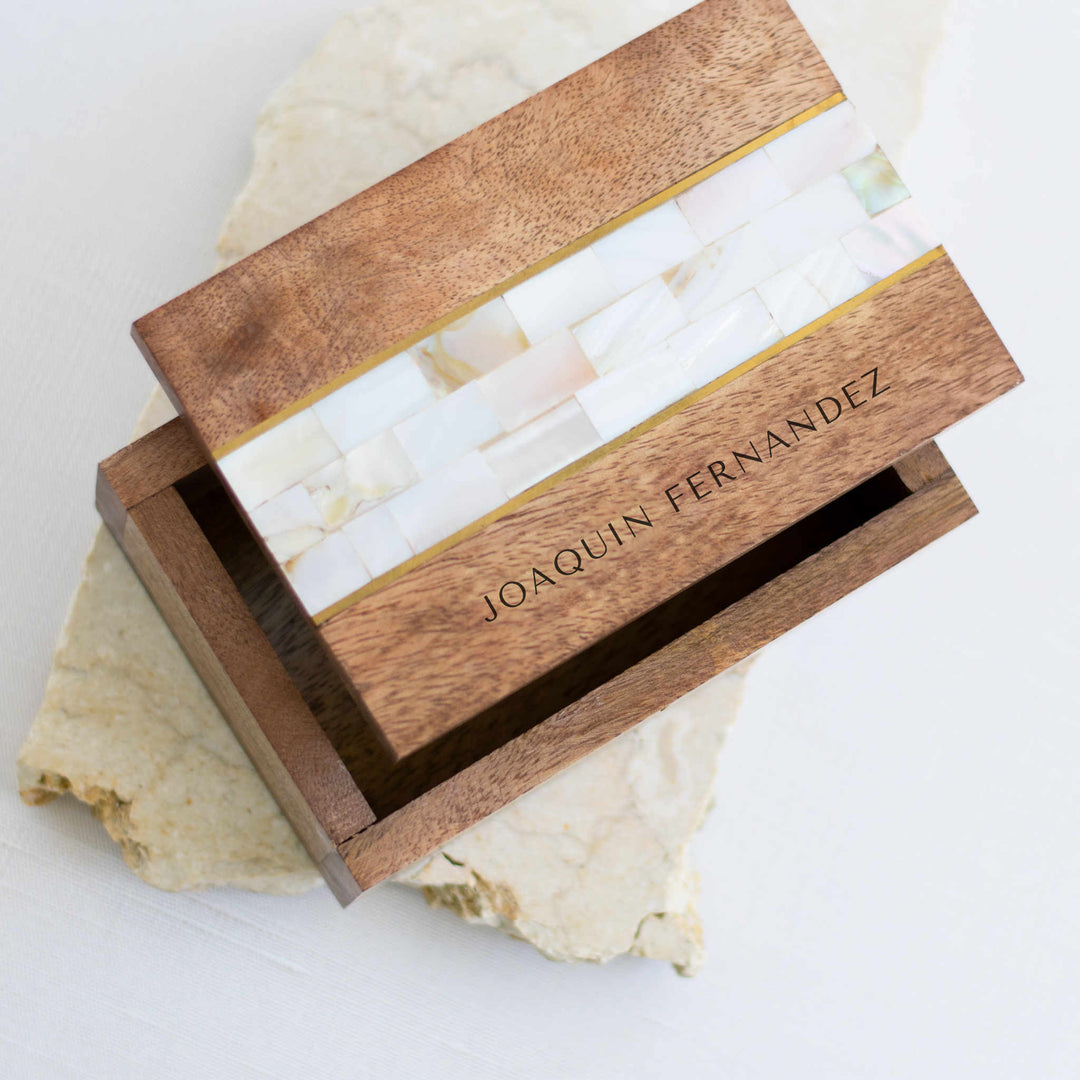
Being Seen in Grief
I emptied my grocery cart on the conveyor belt and stood, mostly zoned out, as the clerk slid them across the scanner and into the crisp brown paper bag. I only looked up when the card reader didn’t swipe correctly. The clerk nodded and apologized. Her smile was tight, and her eyes looked sad.
“Sometimes the things that are supposed to make our lives easier really don’t,” she sighed.
My attention was fixed on her as she flipped my credit card over, squinted and carefully finger picked the numbers into her register. She wore a sort of cameo necklace tied across her throat. It looked oddly old fashioned against her shock of blue hair and nose ring.
“I like your necklace,” I offered.
The girl’s smile widened. “That’s my mom.”
I thought I’d misheard her. “It was your mom’s?”
“No, it is my mom.” She dropped her voice down to a whisper as if telling me a secret. She reached her hand up to her throat and pulled at the chain which fell easily into her hand. “It is my mom,” she continued. She pointed to the dark border behind the white resin. “It’s made of her ashes.”
“Oh my god,” I choked out. My mother had been dead less than a year. I wore her wedding ring next to my father’s ,who had died two years before. I reached for the long chain hidden underneath my tee shirt and I tugged it out. “Both my parents.” I said. My throat was too full of emotion to say much more. The clerk filled the space between us. “She died two years ago this week. I have a bunch of jewelry. A friend made them for me.” She pulled a business card with the designer’s name from a stack she kept on the left side of the register. “A lot of people ask,” she explained warmly. I walked out the door holding my bag full of groceries, curious about how a necklace had
created a door for the clerk to bring her grief into the present and talk about her mother’s life and death multiple times a day.
For the past twenty years, I have worked as a trauma therapist specializing in grief and loss. While many of my clients come to me struggling with hallmark symptoms of grief, like brain fog, memory loss, and difficulty sleeping, they almost always also report feeling isolated and alone in loss. You do experience the death of a loved one all alone. While other may grieve the same person, no one loses the relationship you had with the deceased but you. But alone does not have to mean isolated or lonely. If we let it, grief can be the ultimate connector—after all, it eventually affects every one of us.
Early grief is typically overwhelming. Like re-learning the world missing one of your senses, everything has changed, though only in your small corner of the world. Your brain registers another person’s death as a threat to safety and activates the instinctive fight, flight, or freeze responses. These defenses come with a series of adjacent actions that cause messages between the brain and body to become convoluted. The result being that grieving, at least for a while, feels like a full-time job. It can be both physically and mentally painful. Eventually, the brain begins to acclimate to the change, and a griever finds themselves learning to live in a world that no longer includes their loved one.
A significant task in grief is figuring out how to stay connected to your loved one, despite the fact that they are no longer living and breathing alongside you. Historically, there was a push to accept that ties are severed when a loved one dies and to figure how to accept a loved one’s death and detach from them. These days, we know better than to suggest you’d be better off forgetting about your beloved. In 1996, a research team (Klass, Silverman & Nickman) challenged these notions with their Continuing Bonds theory. Continuing Bonds supports the grief process by encouraging grievers to stay connected to their loved one, and by reminding us that grief is ongoing. Instead of “getting over” loss, continuing bonds theory wants you to get to know your loved one differently in loss.
When my father died in 2017 after a yearlong battle with small cell cancer, continuing to stay connected to him through grief meant seeing a therapist and listening to opera. I saw a therapist because having spent so much time with my dad in his illness was making it difficult to remember him healthy and alive. After just a few visualization exercises with a grief trained clinician, my father showed up in my memories fresh out of the shower, in his white polo shirt with the collar up and a cotton sweater wrapped around his neck, smelling of Ralph Lauren’s polo cologne (the green bottle) at the height of his handsome healthiest, circa 1986. When I think of him now, the image that comes to mind gives me a broad smile. I started listening to opera by chance. A few months after my father died, I hit the radio dial by accident (or not, depending on what you believe in), and my car filled with Pavarotti. I could hear my father singing along in the background and could almost see him dressing a Sunday roast in the kitchen. These days, when I miss my dad or I just find myself thinking of him, I get in the car with my Itunes, ready to turn the volume up loud.
When my mother died suddenly in her sleep while I was on vacation with her in 2019, I came undone. With the support of my grief expert colleagues, I created a series of grief practices designed to help me stay in the present and not slip into the pain of loss. These practices allowed me to set aside time each day to think about my mother and to feel the loss of her. Setting aside time meant that if I felt grief at other times of day, I could “save it for later” to attend to it with focus, just as you might an important discussion with a loved one. Part of my daily practice was the twenty minutes I spent writing. I spent time picking out a pen and journal that I used specifically for grief writing and allowed myself to write whatever came to mind, with no edits. To get myself in the mood to write, I always light a candle. At first the candles were scents that reminded me of my mother—lily of the valley or a dusty rose. These days, people know I love candles, so I receive many as gifts. I have a whole cabinet to choose from, and rather than use one candle then start another, I will stick my nose in the boxes and see which one fits my mood that day.
Memorial candles
I’d already been a clinician in the field of grief and loss for decades, but I became an expert when my own parents died. Not an expert who can specifically teach you how to grieve but an expert who absolutely knows that you will learn. Tools like writing can help you get a handle on your own understanding of your loss. Candles can help keep in your body and in the present and allow you to feel your loved ones close. And like the clerk with her cameo, grief practices can provide a door to connection.
Most days, I still wear my parents’ wedding bands. I miss them when something exciting happens (like a book deal). I miss them when something scary happens (like a sick kid). I miss them at the holidays, and I miss them on random Tuesdays. But I learned from the clerk that day that it is up to me how much I invite others to think and talk about them with me. I will never need reminding they are not here, but I often need reminding that it is normal to miss them, even after all this time. It helps to find people who get it, and it helps to be a person who gets it.
Meghan Riordan Jarvis
Meghan Riordan Jarvis, MA, LCSW is an author, podcast host, two-time Tedx Speaker, and psychotherapist specializing in trauma and grief and loss. Her book The End of The Hour: A Therapist’s Memoir is out now.


